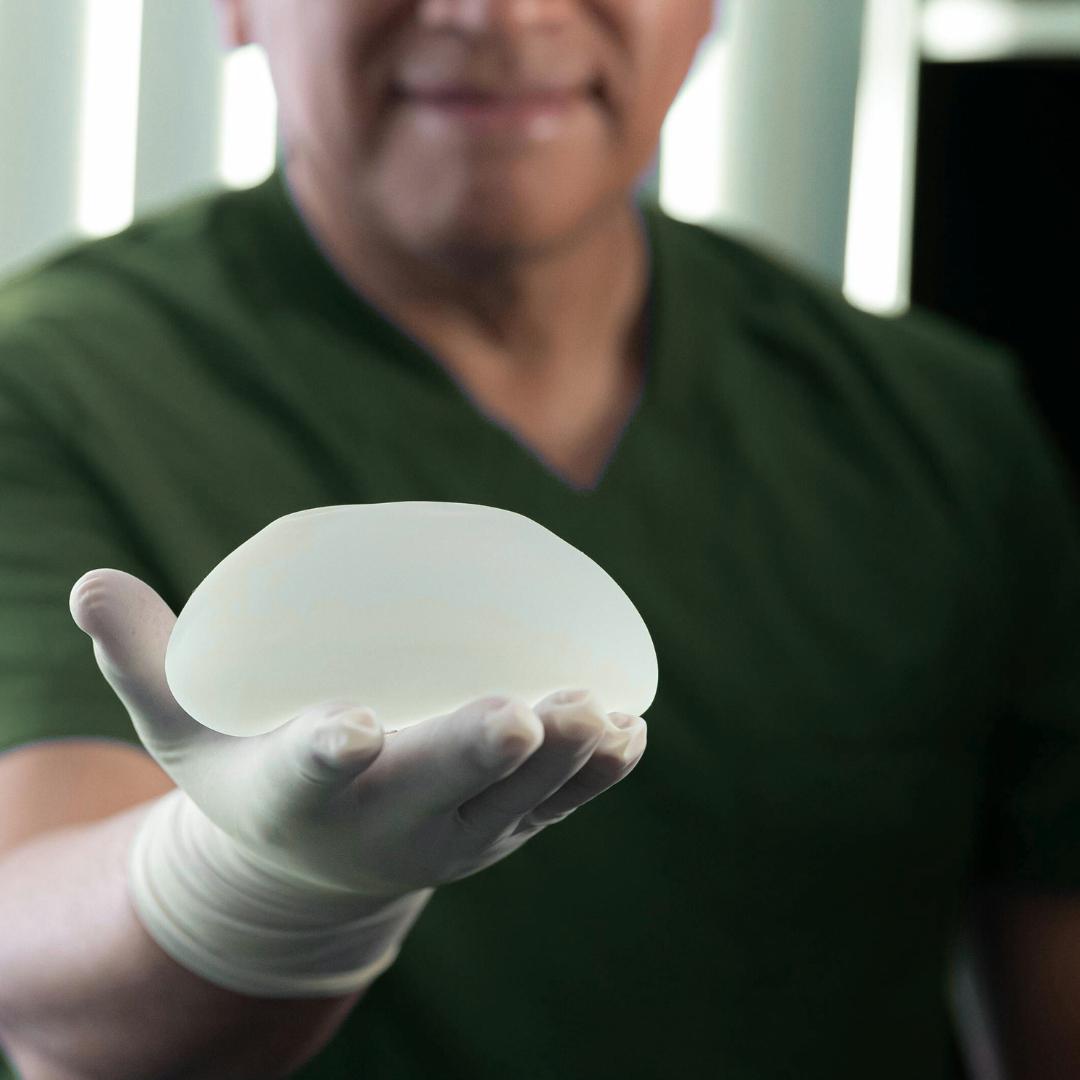
A Functional Medicine Look at This Popular Material
Silicone is everywhere—from your kitchen spatula to your baby’s pacifier, even in personal care products and medical implants. It’s praised for being heat-resistant, durable, and flexible. But lately, some are asking: Is silicone really as safe as we think? Let’s take a closer look from a Functional Medicine perspective.
Silicone is a synthetic polymer made from silicon (a natural element found in sand) combined with oxygen, carbon, and hydrogen. It’s not the same as pure silicon—this confusion is common. Silicone comes in many forms: oils, gels, rubber-like solids, and resins. It’s used in cookware, baby bottles, menstrual cups, implants, sealants, and more.
On the surface, silicone seems like a miracle material. But does “inert” always mean “safe”?
Manufacturers often claim silicone is “inert,” meaning it doesn’t react with other substances. This is mostly true in controlled environments, which is why it’s used in medical devices like heart valves and implants. However, inert doesn't mean completely non-toxic or without risk—especially over time or when heated, stressed, or degraded.
Some studies have shown that siloxanes, the smaller building blocks of silicone, can leach out under certain conditions—particularly high temperatures or long-term contact with fats and oils (like in cooking or the body). Certain siloxanes, like D4 and D5, have raised red flags for their potential to disrupt hormones and accumulate in tissues and the environment.
A 2010 study by the European Union’s Scientific Committee on Consumer Safety noted concerns over these compounds, especially in personal care products. And in 2020, Canada classified D4 as toxic to the environment and potentially harmful to human health.
Food-grade silicone is generally considered safe by the FDA. But “food-grade” can vary in purity and quality. Cheap silicone products may contain fillers that can release toxic compounds, especially when exposed to heat over 300°F (which is common in baking).
In fact, if you twist a silicone kitchen tool and see white streaks, that’s a good sign it contains fillers—not pure silicone.
From a Functional Medicine perspective, we look at total toxic burden—and cumulative low-dose exposures matter. Heating silicone regularly, especially low-quality versions, could be a source of hidden exposure that adds to your body's toxic load over time.

Silicone breast implants have been a topic of controversy for decades. While the FDA re-approved them in 2006, many women report symptoms that align with what's now being called “Breast Implant Illness” (BII)—a collection of systemic issues like fatigue, joint pain, rashes, brain fog, and immune dysfunction.
Although science hasn’t definitively proven silicone implants as the cause, emerging research and anecdotal evidence are prompting more investigation. Functional Medicine practitioners often take these concerns seriously, especially when symptoms improve after implant removal.

Similarly, products like silicone menstrual cups or baby bottle nipples are often marketed as safe alternatives to plastic. While they’re generally better than BPA-containing plastics, they're not 100% free from concerns—especially when exposed to heat or used for extended periods.

Silicone is not biodegradable, and while it doesn't break down into microplastics like traditional plastic, it does persist in landfills and the environment. Some siloxanes are known to bioaccumulate in wildlife and can have endocrine-disrupting effects.
So, from both a personal and planetary health perspective, the long-term effects of widespread silicone use are worth considering.
Here’s the Functional Medicine take:
If you want to play it safe, here are a few tips:
Bottom Line
Silicone may not be the most toxic material out there, but it's not totally without risk—especially for those already dealing with chronic health issues, hormonal imbalances, or chemical sensitivity. Functional Medicine teaches us to be proactive about minimizing exposures. When in doubt, lean on nature—glass, stainless steel, and natural materials usually win the safety contest.
RESOURCES
 Radiant Health And Wellness
Radiant Health And Wellness
Stay updated on our news and events! Sign up to receive our newsletter.